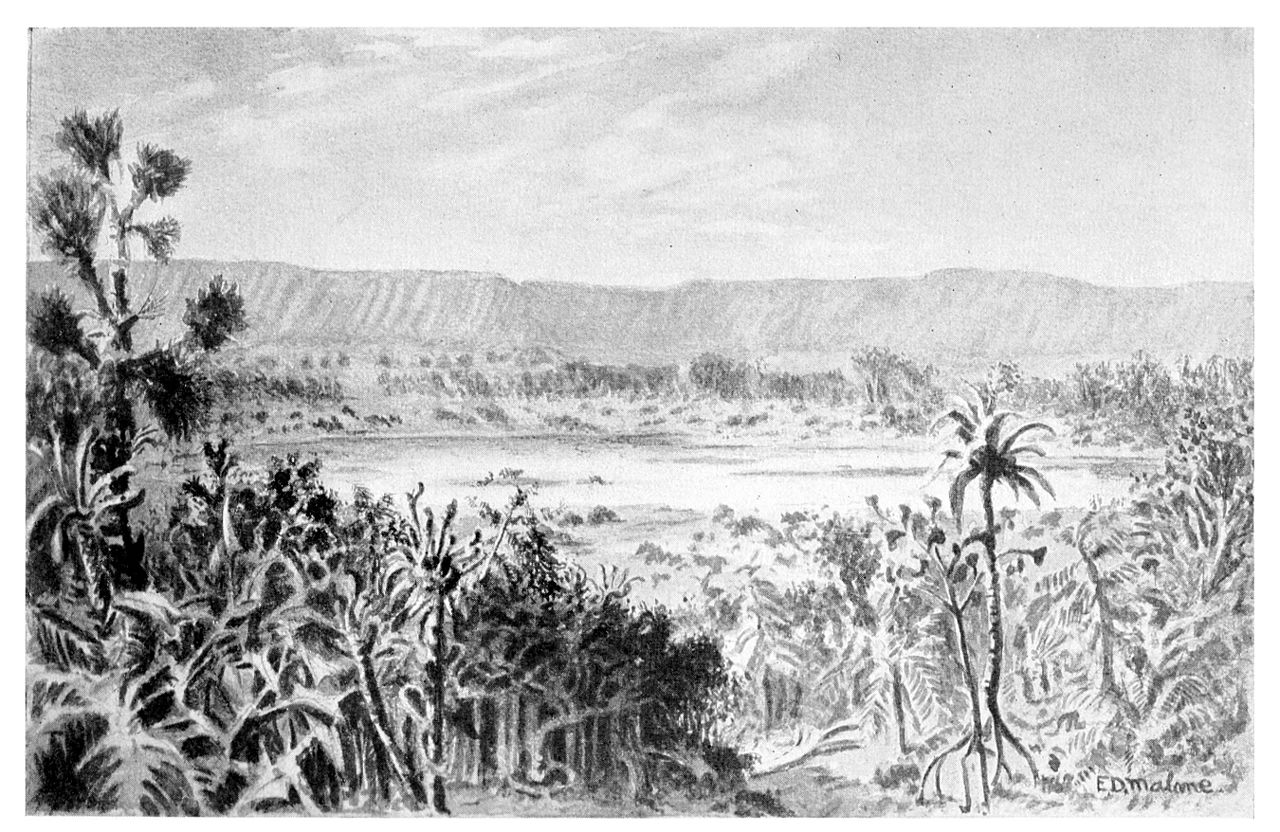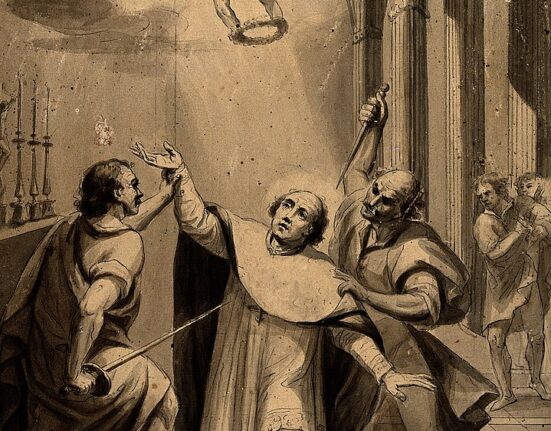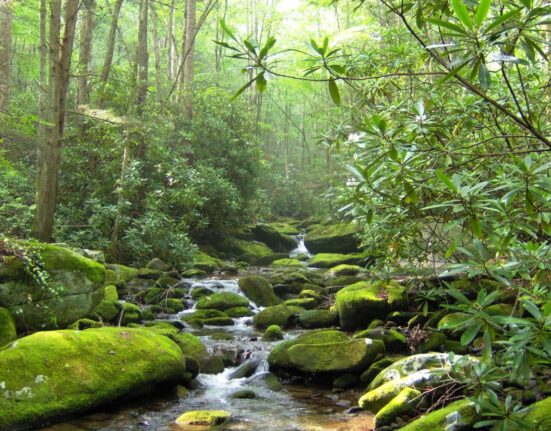A lost city of legend, a trio of adventurers, and a mystery that persists to this very day: this is the story of Percy Fawcett and his ill-fated final expedition to find the fabled “Lost City of Z.”
Who Was Percy Fawcett?
When picturing the quintessential adventurer, one might fall back on certain tropes. From Indiana Jones to Sir Arthur Conan Doyle’s The Lost World, hero explorers have long captivated the imagination with their roguish charm and devotion to uncovering hidden wonders. Percy Fawcett was one such explorer, and is said to have inspired both of these examples. Born in 1867, Fawcett was a distinguished military man who served as a lieutenant-colonel in the British Army. (1)
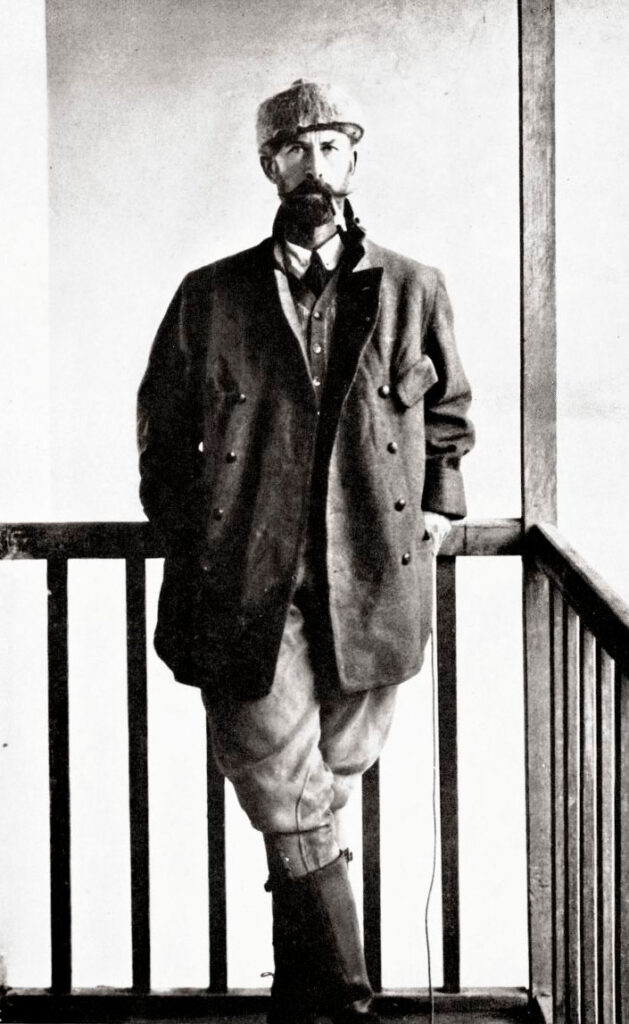
In 1901, Fawcett joined the Royal Geographical Society (RGS). His time with the army had taken him as far as Hong Kong and had fostered a thirst for travel and exploration. Briefly serving as a surveyor of the British Secret Service in North Africa, Fawcett was eventually tasked with mapping sections of Amazonian jungle in Brazil as part of his service to the RGS. This would ignite in Fawcett a passionate fascination for the Amazon and the wild beauty of its natural wonders. (2)
More Exciting History: Who was Grutte Pier? The Tall Tale of the Noble Pirate Pier Gerlofs Donia
Percy Fawcett and the Wild Wonders of “The Lost World”
As Fawcett made his way through the Amazon’s perilous and beautiful landscapes, he began recording the things he found in field reports. These field reports were, at times, the subject of ridicule by scientific minds, because of the far-fetched nature of the things Fawcett claimed to have seen with his own eyes. Among Fawcett’s claims were an enormous sixty-foot-long anaconda (this is about twice the maximum recorded size of living anacondas), a giant venomous spider which he referred to as the “Apazauca spider,” a small cat-like canine, dogs with two noses (now thought to be double-nosed Andean tiger hounds, a real and very unusual dog breed), a race of ape-like men who warred viciously with indigenous tribes, and even living dinosaurs. Fawcett’s field reports may not have been viewed as credible by his entire audience, but they did generate quite a bit of interest. Fawcett’s personal friend, the aforementioned Sir Arthur Conan Doyle, is said to have based his novel, The Lost World, on Fawcett’s reports. (3)
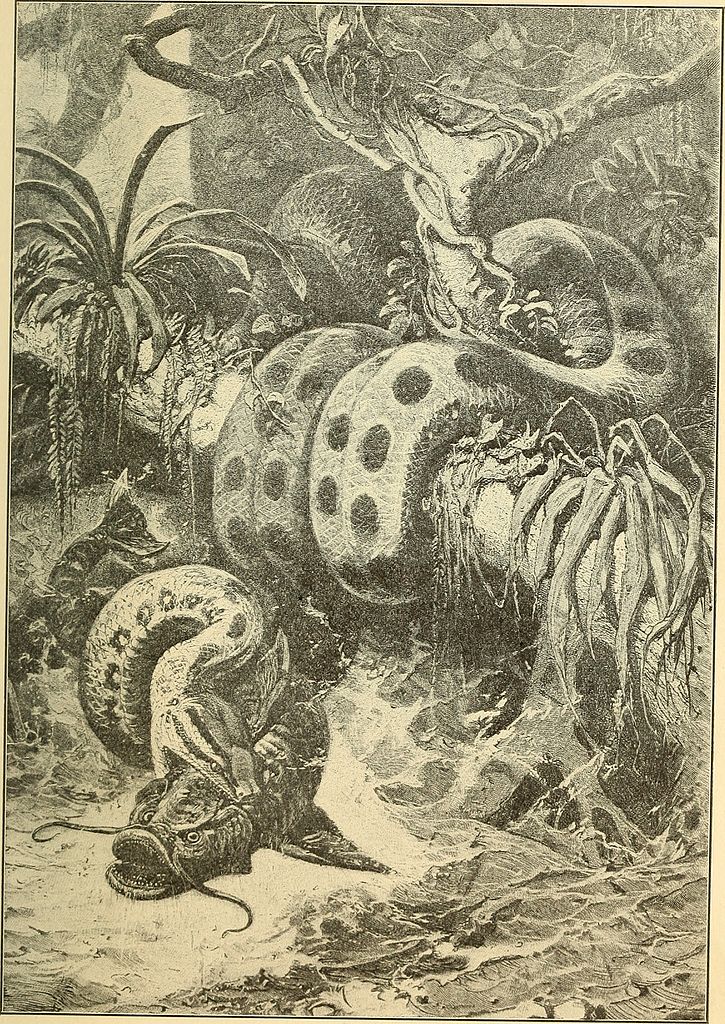
Over the course of the next twenty years or so, Fawcett would gain notoriety for his continuing expeditions into the Amazonian jungle. As his heart-pounding adventures continued, Fawcett began to fixate on a specific goal. Based on rumors from local tribes, the recent rediscovery of the city of Machu Picchu in the Andes mountains in 1911, and his conviction that the jungles of the Mato Grosso region held deeper secrets than anyone could predict, Fawcett became stubbornly convinced that the jungle concealed a hidden treasure, a “lost city” waiting to be rediscovered and reintroduced to the world. Fawcett called this city the “Lost City of Z.” (4)
What Is the Lost City of Z?
The Lost City of Z, according to Fawcett was a grand civilization lost to the ravages of time and the dense perils of the Amazon. He wrote to his son Brian:
“I expect the ruins to be monolithic in character, more ancient than the oldest Egyptian discoveries. Judging by inscriptions found in many parts of Brazil, the inhabitants used an alphabetical writing allied to many ancient European and Asian scripts. There are rumors, too, of a strange source of light in the buildings, a phenomenon that filled with terror the Indians who claimed to have seen it.
The central place I call “Z” — our main objective — is in a valley surmounted by lofty mountains. The valley is about ten miles wide, and the city is on an eminence in the middle of it, approached by a barreled roadway of stone. The houses are low and windowless, and there is a pyramidal temple. The inhabitants of the place are fairly numerous, they keep domestic animals, and they have well-developed mines in the surrounding hills. Not far away is a second town, but the people living in it are of an inferior order to those of “Z.” Farther to the south is another large city, half buried and completely destroyed.”
Percy Fawcett in a letter to Brian Fawcett
In the early 1920s, Fawcett undertook two expeditions in search of the Lost City of Z, but each was stymied by disease and exhaustion brought on by the harsh conditions of the wilderness and the fearsome swarms of mosquitoes which were the bane of Fawcett’s adventuring career. After reluctantly returning home to his wife, Nina, and three children, Percy felt a nagging urge to continue his search. He was obsessed with the idea that the city was out there and that he was close to finding it. His fervor was spurred on by the discovery of a 1753 document by a Portuguese explorer claiming to have found a stone city, laden with silver and gold and monumental statues, concealed in the wilderness of Brazil. Fawcett was quite convinced that this account vindicated his belief that “Z” was out there and that he could find it if he only searched hard enough. So, after a difficult funding effort and a short recovery from his previous searches, Fawcett began preparing for what would be his final expedition into the jungles of Mato Grosso in 1925. (5)
More Mysterious History: What Was the Mysterious Sweating Sickness Which Terrorized Tudor England?
Percy Fawcett’s Final Search For the Lost City
Fawcett’s search, by this point, was a matter of public fascination. Many experienced explorers volunteered themselves to join his expedition. Fawcett, however, chose only two companions for this final excursion: his twenty-two-year-old son, Jack, and his friend Raleigh Rimmel. Jack and Raleigh shared Fawcett’s convictions and were nearly as eager to find “Z” as he was. Still, the now fifty-eight-year-old Fawcett was a bit reckless for traveling with such inexperienced partners, especially considering the fact that he was simply not as young and spry as he had been on earlier trips. Despite their somewhat troubling mix of experience levels, the trio set sail from New Jersey to Rio de Janeiro before finally entering the formidable wilderness. They kept a brisk pace and covered as many as fifteen miles per day, despite immediate issues with insects which had caused Raleigh Rimmel to sustain a swollen leg.
On the twenty-ninth of May, 1925, the trio reached a familiar camp where Fawcett had previously been forced to shoot his horse on a prior expedition. He dubbed the location “Dead Horse Camp.” From Dead Horse Camp, Fawcett sent his final letter to his wife, Nina, in which he assured her that their son, Jack, was doing well and that she “need have no fear of failure.” Nina would never hear from her husband or her son again. (6)
The Lost City and the Lost Explorers
One peculiar detail is that in his letter from Dead Horse Camp, Fawcett provided Nina with coordinates that did not match his previously recorded coordinates for the location of the camp in which his horse was killed. A skilled enough navigator with decades of experience in South America alone, Percy Fawcett is thought by many historians to have been too meticulous to make this kind of error by mistake. It is generally thought, though obviously impossible to confirm, that Fawcett changed the coordinates to discourage rescue efforts. He is known to have been against the idea of rescue parties risking life and limb to find him in such treacherous terrain.
By 1927, the expedition was a year past its scheduled return time and rumors began to circulate that the three had died. In 1928, the RGS launched a search and rescue mission, but found little trace of the men. They have been presumed deceased ever since, but this has not stopped adventurous people from continuing the search. (7)
More Macabre History: The Cadaver Synod: A Trial For a Dead Pope
What Happened to Percy Fawcett?
One popular theory regarding Fawcett’s disappearance is that he and his companions were slain by indigenous Brazilians. Fawcett was experienced in handling the tribes that he had previously met, but some records state that those tribes warned him of violent and aggressive tribes inhabiting the areas into which he would be journeying.
In 1952 Brazilian explorer Orlando Villas Boas became convinced that Fawcett’s expedition had been killed by Kalapalo Indians. He investigated rumors from within the tribe which suggested that several foreign explorers had been killed for insulting the tribe. In the course of his investigation, Villas Boas found bones which he was certain belonged to Fawcett. The Kalapalo tribesmen whom Villas Boa spoke to claimed that they threw the young men’s bodies in the river, but buried Fawcett out of respect for his apparent age and status. The credibility of the claim that these bones belong to Fawcett is unverified, but more might be learned in the future as the remains are preserved at Forensic Medicine Institute of the University of Sao Paulo. The stance of the Royal Anthropological Institute in London, who examined the bones, was that they did not match Fawcett’s dental records nor did they appear to belong to a man of his physical stature. (8)(9)
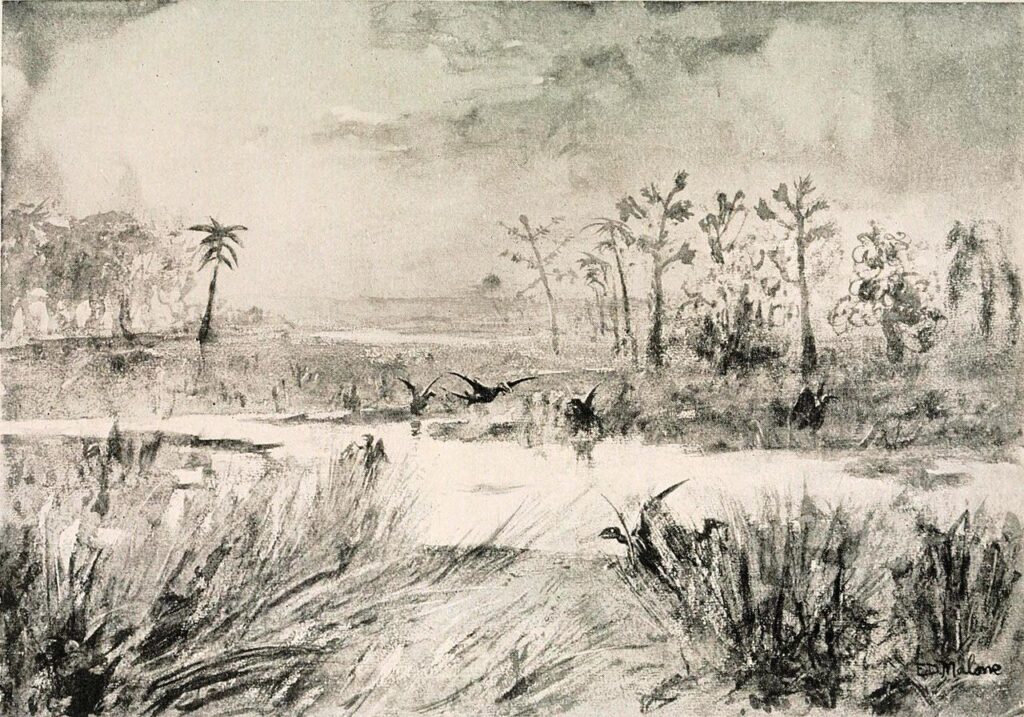
Bits and pieces of Fawcett’s belongings have been recovered over the years. The 1928 expedition to “rescue” Fawcett found a single brass plate originating from one of Fawcett’s metal cases in the possession of a Nahukwa tribesman. Some fifty years later, Fawcett’s signet ring emblazoned with the Fawcett family motto in Latin which translates to “hardships hold no fear,” was found in a shop in Cuiabá. Because of this find, some theorize that Fawcett and his party may have met their ends at the hands of bandits who then pawned their stolen belongings. (10)
Is the Lost City of Z Real?
Generally, the consensus is that Percy Fawcett, Jack Fawcett, and Raleigh Rimmel perished in the jungle either by means of misadventure or by a violent confrontation. This mystery may not be “solved” per se, but with only a ring and some unverified bones to go off of, the Fawcett party’s disappearance is little more than a swashbuckling cold case. There is yet another mystery at hand, though. Was there any truth to Fawcett’s obsession? Was the Lost City of Z real and did he ever come close to finding it?
Shockingly, the answers to both questions may actually be yes. Deep in the forests of Mato Grosso, stunningly close to the locations where Fawcett was searching, an ancient city was discovered by archeologists. Not quite the glittering “El Dorado” which Fawcett hoped to find, the “Lost” settlement of Kuhikugu featured homes, gardens, and kitchens, all protected by walls which kept the wilderness at bay. It is not known exactly when or why Kuhikugu was abandoned, but this settlement may be the source of the Portuguese records which Fawcett found describing a city hidden in Mato Grosso. (11)
Near the Xingu river, which Fawcett traveled along on his expeditions, the Kuhikugu site may not be everything Fawcett imagined, however it is quite likely that it was the very thing he was searching for. While we’ll never know the truth, part of me hopes against hope that somehow he found it, before once again answering the call of the wilderness and disappearing into the jungle himself.
More Fascinating History: The Legend of Black Bart
